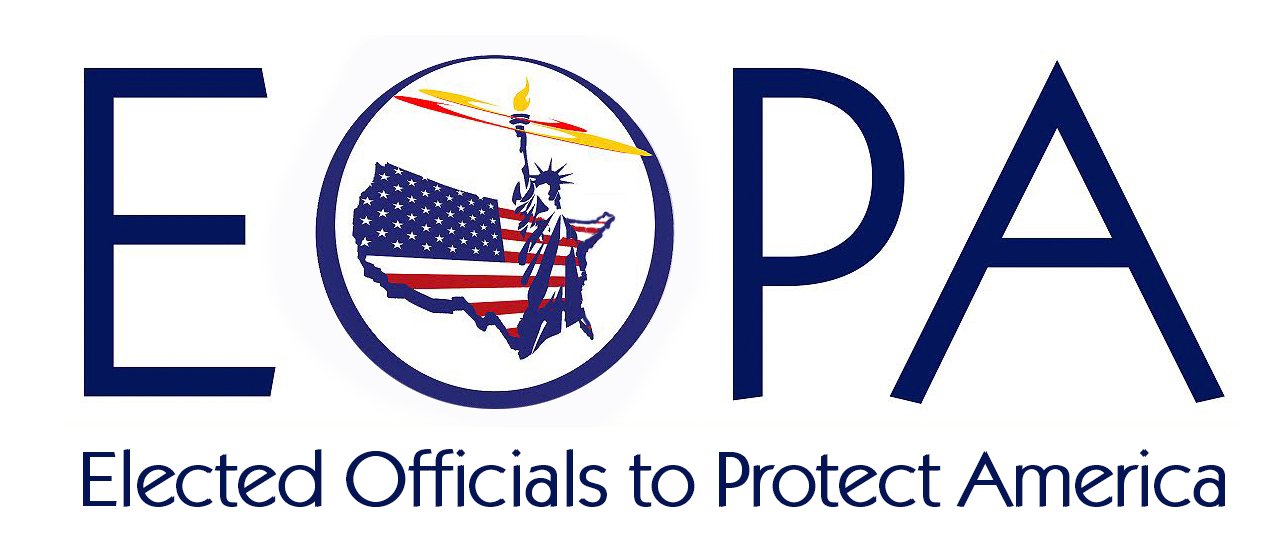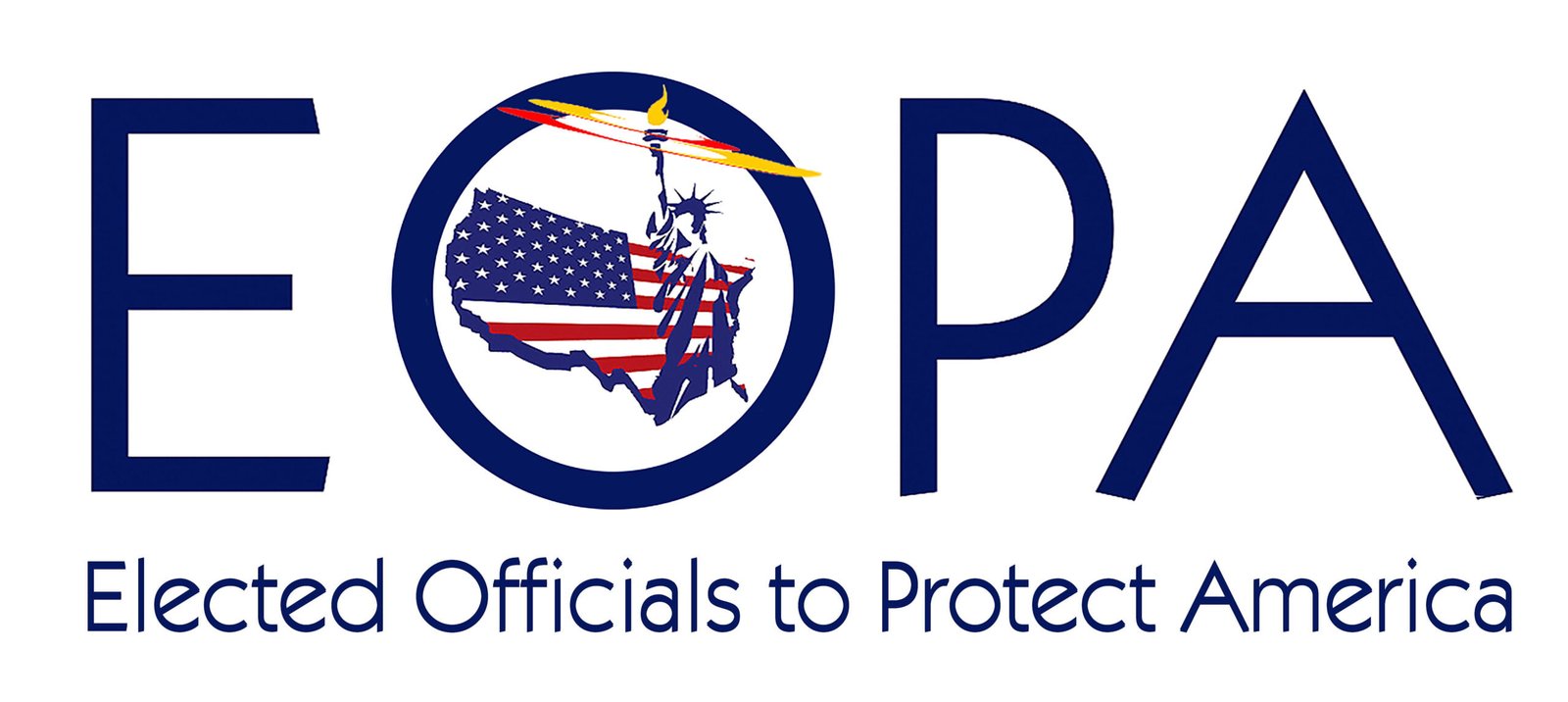Over 1,000 EOPA elected officials urge the EPA to finalize the strongest methane standards to uphold our right to breathe clean air
February 14, 2023
On Valentine’s Day Elected Officials say EPA needs to show their love and finalize strong, comprehensive methane standards
Oil and gas sector methane pollution is accelerating the pace of climate change and harming the health of families and communities across the country. The pollution disproportionately impacts frontline environmental justice communities the most. Methane is 80 times more potent than carbon dioxide (CO2) over its first 20 years in the atmosphere, and methane levels are increasing rapidly.
Elected Officials to Protect America (EOPA), urges the Environmental Protection Agency (EPA) to finalizethe strongest possible safeguards to cut methane and other harmful pollution from the oil and gas industry on Valentine’s Day and every day after until it happens. The EPA should show their love for everyone’s right to breathe clean air.
According to a study led by Stanford University, the amount of methane leaks from huge U.S. oil and gas producing regions is several times greater than the federal government estimates. Oil wells are known to emit likely carcinogens including benzene, formaldehyde, and the potent greenhouse gas, methane, making climate change worse. Uncapped wells exponentially release more methane than funtuning wells.
“Americans want and need strong solutions for pollution that will protect their health, advance environmental justice, and ensure we will cut climate pollution by 50-52 percent by 2030. These targets are essential to meet President Biden’s historic climate goals and heed United Nations scientists guidance, if we are to avoid frequent extreme weather that will displace millions,” said Dominic Frongillo, Co-Founder and Executive Director of Elected Officials to Protect America (EOPA), Caroline, New York former Council member. “The oil and gas industry has been polluting environmental justice communities for decades. It’s time for the EPA to take action and show their love for our right to breathe fresh air with the strongest possible safeguards to cut methane and other harmful pollution from the oil and gas industry. Over 1,000 elected officials across the country who have signed our letter supporting a comprehensive plan to transition America to 100 percent clean energy agree.”
A new U.S. Census Bureau survey found about 3.4 million American adults were displaced from their homes by extreme weather disasters in 2022.
Fortunately, due to methane’s qualities, reducing its emissions would have an immediate impact on the amount of warming we’ll experience this decade – and because raw natural gas contains numerous air pollutants besides methane, strong measures to reduce methane will also reduce emissions of hazardous air pollutants.
“The strongest EPA standards, coupled with the Methane Emissions Reduction Program included in the recently passed Inflation Reduction Act, will help address the climate crisis while reducing cancer risk to some 14 million people living in the U.S.,” said Alexander Cornell du Houx, President Elected Officials to Protect America, former Maine State Representative, and former combat Marine. “I look forward to the EPA finalizing their proposal with rules that will make it stronger. Those include, but are not limited to, stopping all flaring, ensuring storage tanks are safe and including communities as an integral part of the ongoing oversight process. The EPA must show their love with the strongest possible safeguards to cut methane and other harmful pollution that has been caused by the oil and gas industry for far too long.”
EOPA members say the finalized EPA methane standards must include:
- EPA needs to ensure well operators capture associated gas and limit flaring of that gas in instances in which it is necessary for safety or maintenance;
- EPA must strengthen the standards to address emissions from storage tanks by making the standards applicable to more tanks; and
- Provide a clear pathway for participation in the Super Emitter Response Program by ensuring communities and citizens can access data and technologies to help reduce methane and other pollutants in the areas where residents live and work.
Unnecessary gas flaring and venting often happens when a company claims it is unable to capture and repurpose gas that is released during oil drilling or liquids unloading.
“Liquid unloading activities, commonly referred to as blowdowns, result in concentrated pollutionthat increase the likelihood of respiratory damage or other health effects. EPA needs to ensure this process stops in the final standards,” said Joel Hicks, Borough of Carlisle Councilmember, Pennsylvania, US Navy Veteran, EOPA Leadership Council. “Reducing venting and flaring will significantly decrease methane, as well as smog-causing VOC emissions and carcinogens. I look forward to the EPA recognizing these dangers and showing their love with the strongest possible safeguards to cut methane and other harmful pollution from the oil and gas industry.”
Pennsylvania is the second-largest gas producing state, which exposes more residents to increased cancer risks caused by the oil and gas industry than residents in any other state in the country.
Acancer risk analysis found that the oil and gas sector will put 14 million people across the U.S. at increased risk of cancer from their emission in 2023 with high levels of hazardous air pollutants like benzene, formaldehyde, and acetaldehyde.
Researchers who studied the Permian Basin in New Mexico, one of the most expansive and highest-producing oil and gas regions in the world, estimate that more than 9 percent of all methane produced in the region is being leaked into the skies. The study, by researchers at Stanford University, estimates that oil and gas operations in New Mexico’s Permian Basin are releasing 194 metric tons per hour of methane. That is more than six times as much as the latest estimate from the EPA.
“There are more than 30,000 oil and gas wells and 15,000 kilometers of natural gas pipelines in the New Mexico Permian Basin. According to year-end data from the Oil Conservation Division, producers in New Mexico vented and flared enough natural gas to power nearly 39,0000 homes,” said Debbie Sarinana, New Mexico State Representative, Air Force Veteran, EOPA Leadership Council Co-Chair. “The strongest possible EPA safeguards will cut methane and other harmful pollution from the oil and gas industry. They will conserve gas, fight climate change, and protect local public health while empowering impacted communities, and advancing new technologies. I urge the EPA to protect our children and finalize the strongest possible safeguards to cut methane and other harmful pollution caused by the oil and gas industry.”
According to the Oil and Gas Threat Map by the nonprofits FracTracker Alliance and Earthworks, over 144,000 people in New Mexico live within a half-mile of an oil and gas facility. That number includes 20 percent of the state’s Indigenous residents. This “threat radius” is correlated with adverse health outcomes, including cancer, respiratory illness, fetal defects, blood disorders, and neurological problems stemming from chemicals associated with oil and gas production.
“Approximately 58 percent of idle wells in California are located in environmental justice communities with above-average poverty rates. My community is no exception. These wells leak air pollutants and/or allow toxic substances to migrate into our groundwater and sometimes flow up to the surface,” Felipe Perez Firebaugh Councilmember, Kern County, EOPA California Leadership Council. “Active and inactive wells are a continual source of pollution to workers in the fields. Kern County is an agricultural community who lives and works adjacent to oil fields. EPA needs to protect those who are protecting Americans by providing the food the nation consumes, by finalizing the strongest possible safeguards to cut methane and other harmful pollution from these wells.”
More than 350,000 Californians live within 600 feet of unplugged wells, a LA Times Public Integrity analysis of census data found. Clearly within the distance at which people are exposed to dangerous degraded air quality, according to a 2019 report from the office overseeing oil and gas in Los Angeles.
Elected Officials to Protect America is a network of current and former elected officials who care deeply about protecting the planet and people. EOPA is committed to solving the climate crisis, ensuring environmental justice, and protecting our lands and waters. EOPA educates through value-based storytelling, training lawmakers, and connecting elected officials to inspire strong environmental leadership.
###

